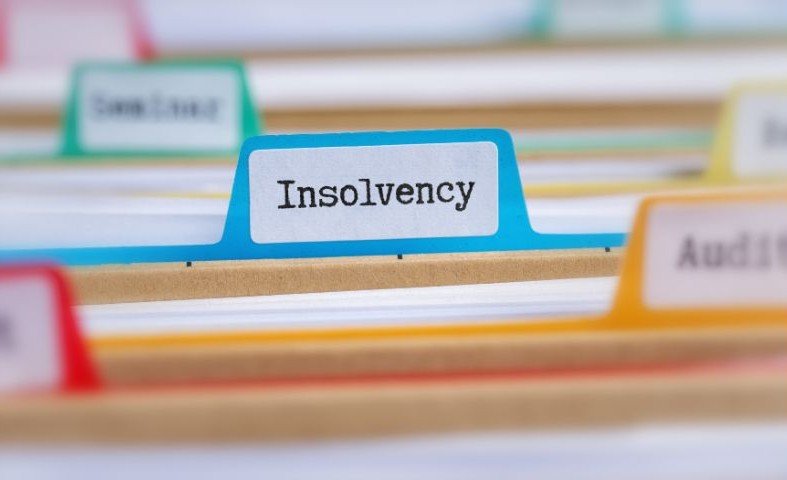Home / SEBI Clarifies Pro-Rata Rights for AIF Investors
SEBI Clarifies Pro-Rata Rights for AIF Investors
- November 11, 2025
- Gagandeep Sood
- Kiran Patel
- Ankit Basu
The Securities and Exchange Board of India (SEBI) has issued a draft circular offering operational clarity on how Alternative Investment Funds (AIFs) should ensure that investor rights remain proportionate (pro-rata) to their commitments, as mandated under Regulation 20(21) of the SEBI AIF Regulations, 2012.
Background:
After the amendments introduced in 2024 and the circular dated 13 December 2024, SEBI received numerous industry representations requesting greater flexibility and specific operational guidance on implementing the pro-rata rights framework. The present draft seeks to address these concerns and provide a more structured regulatory approach.
Major Clarifications and Proposals:
- Drawdown Methodology: The term “commitment” can be interpreted either as the total committed capital or as the undrawn (unutilised) commitment when calculating pro-rata drawdowns and distributions. The chosen method must be explicitly stated in the Private Placement Memorandum (PPM) at the time of launch and cannot be modified during the fund’s tenure. A time-weighted pro-rata approach may also be adopted if clearly disclosed upfront. Further, even if a close-ended AIF issues and redeems units at Net Asset Value (NAV), it still needs to comply with the pro-rata drawdown rule when making investments. Undrawn commitment denotes the portion of an investor’s capital commitment that has not yet been called for deployment.
- Transparency and Fair Practice: The basis for determining pro-rata allocation (total vs. undrawn commitment) must be clearly disclosed upfront in the PPM. If an investor is excused or excluded from a specific investment, the unutilised commitment relating to that transaction cannot be redeployed in subsequent investments. The drawdown approach must ensure no investor gains a disproportionate exposure to any portfolio company beyond the limits set under Regulation 15(c) of the AIF Regulations.
- Treatment of Existing Schemes: Existing AIF schemes following a drawdown procedure based on total or undrawn commitment may continue with the same. Schemes using any other drawdown method must align prospectively with one of these approaches. Such alignment will not be considered a material change, and investors may choose to discontinue further participation. Any resulting breach of corpus or minimum investment limits will not be treated as non-compliance.
- Open-Ended Category III AIFs: Pro-rata drawdowns typically do not apply to open-ended Category III funds, as investments and redemptions occur at NAV. However, if these funds primarily invest in unlisted securities, they must comply with the same pro rata principles applicable to closed-ended AIFs. Distributions in such cases must also be made pro rata to units held by investors.
- Existing Investments and Distributions: For investments made on or before December 13, 2024, distributions will continue following the existing waterfall mechanism already disclosed in the PPM and other fund documents.
- Additional Clarifications: Carried interest or profit-sharing arrangements between investors and fund managers are excluded from the pro rata computation. All investor commitments, whether by resident or non-resident investors, must be denominated in Indian Rupees (INR) to ensure regulatory consistency.
- Implementation and Oversight: The Standard Setting Forum for AIFs (SFA), in collaboration with SEBI, may frame detailed implementation standards to facilitate uniform compliance. Fund managers and trustees must maintain comprehensive documentation to demonstrate adherence, which will also form part of the Compliance Test Report as prescribed under Chapter 15 of the SEBI Master Circular for AIFs (May 2024).
Impact on Open-Ended AIFs:
For open-ended AIFs, where investors buy or sell units at the current NAV, SEBI’s draft circular clarifies that pro-rata drawdowns are not generally applicable, as such, these funds already work on a transparent and uniform structure where every investor’s profit or loss is directly linked to the NAV, which represents the same value per unit for all investors. SEBI has simply reinforced that no investor can receive any special or preferred returns, and every investor must be treated equally. For example, if two investors, X and Y, each buy 1,000 units at INR 100 per unit, and the NAV later increases to INR 120, both will earn the same profit of INR 20,000. Neither X nor Y can be promised a priority return of any value that is more than that, as that is not permitted. The only exception is carried interest or profit share payable to the fund manager, which does not affect equality among investors. SEBI has, however, clarified that if an open-ended Category III AIF invests primarily in unlisted securities, it must comply with the same pro rata principles prescribed for closed-ended funds.
Impact on Closed-Ended AIFs:
For closed-ended AIFs, SEBI’s draft circular provides more significant operational clarity. These funds do not issue or redeem units daily but instead call capital, known as drawdowns, from investors when making investments, and later distribute profits as investments are realised. SEBI has clarified that every drawdown and every distribution be strictly in proportion to each investor’s commitment or undrawn commitment, as disclosed upfront in the PPM, ensuring that no investor receives a larger or faster share of the proceeds. Alternatively, a time-weighted pro rata method may be adopted if clearly specified in the PPM. For example, if three investors, A, B, and C, commit INR 10 crore, INR 20 crore, and INR 30 crore respectively, and the fund invests INR 6 crore, the capital must be called in the same ratio of 1:2:3. When the fund exits and distributes INR 12 crore, the proceeds must follow the same ratio unless a time-weighted approach applies, in which case distributions are adjusted based on the duration each investor’s capital was deployed. This ensures uniform treatment and eliminates any preferential arrangements, thereby strengthening fairness and consistency across all AIF structures.
Public comments are invited on the draft circular until November 28, 2025, through SEBI’s consultation portal.
After the amendments introduced in 2024 and the circular dated 13 December 2024, SEBI received numerous industry representations requesting greater flexibility and specific operational guidance on implementing the pro-rata rights framework.



